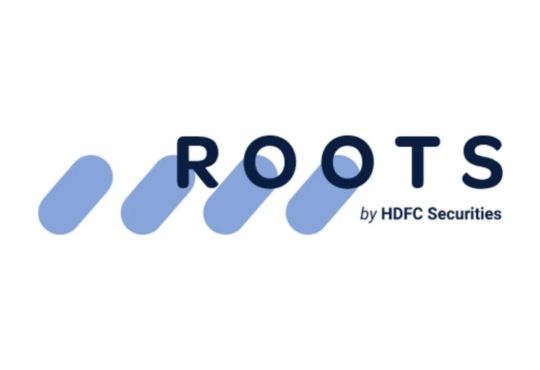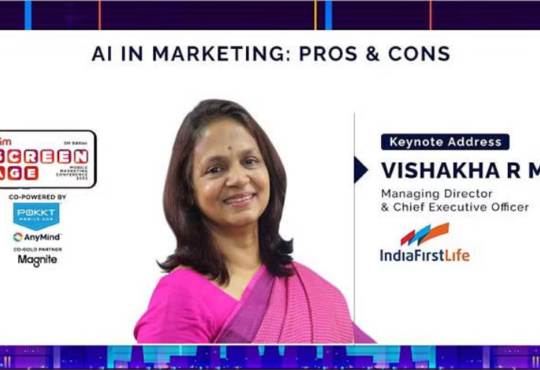
Education sector & influencers lead advtg violations: ASCI half-yearly report
The Advertising Standards Council of India (ASCI) has published its semi-annual complaints report covering the period from April to September 2022. During this timeframe, ASCI addressed 3,340 complaints related to 2,764 advertisements potentially breaching the ASCI code. Approximately 55% of these problematic ads were identified in the digital realm, followed by 39% in print and 5% on television.
In comparison to the previous fiscal year (2021-22), ASCI noted a 14% increase in the number of complaints, coupled with a 35% surge in the number of ads under scrutiny. The education sector dominated the violations, constituting 27% of the complaints, with 22% pertaining to classical education and 5% to the ed tech sector. Other sectors with notable violations included personal care (14%), food and beverages (13%), healthcare (13%), and gaming (4%). ASCI’s surveillance efforts were robust, with 65% of the ads flagged proactively.

The artificial-intelligence-based complaints management system TARA played a pivotal role, handling 98% of consumer complaints. Of the total complaints, 16% were from consumers, 15% from the government, and 3% were intra-industry disputes. Among the 2,764 ads potentially in violation, 32% were uncontested by advertisers, 59% were found to breach the ASCI code, and 8% were deemed not in violation.

Manisha Kapoor, CEO and Secretary-General of ASCI, emphasized the organization’s commitment to adapting to the expanding landscape of digital advertising. The focus on ad-surveillance technology reflects ASCI’s dedication to providing a responsive platform for stakeholders, including consumers, brands, and government bodies. Kapoor highlighted the release of a comprehensive report detailing the types of complaints and outcomes addressed by ASCI in the initial six months of the financial year.
In the realm of influencers, 28% of the total violations were attributed to them. Out of the 781 complaints against influencers, 34% were from the personal care category, followed by food and beverage at 17%, and virtual digital assets at 10%.



